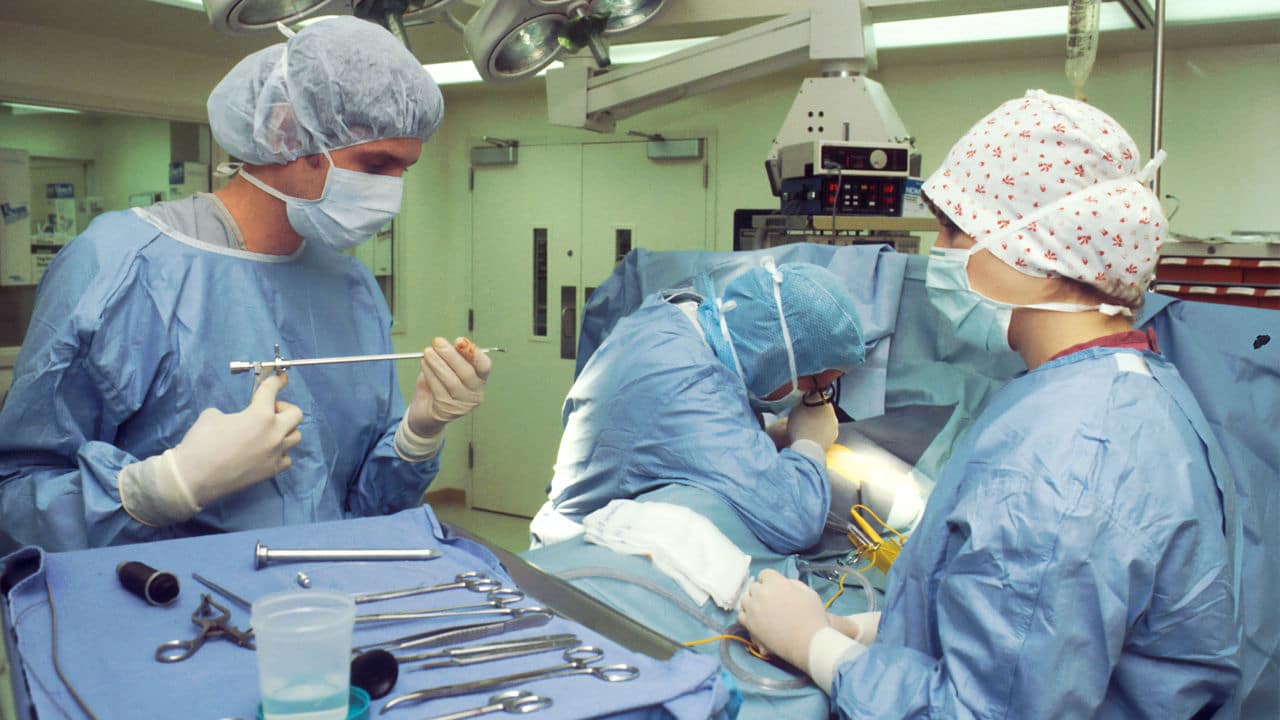In a woman’s reproductive system, there are a pair of organs called the ovaries. This single pair performs greatly determining functions in the continuity of life. The ovaries form the egg, fertilized to become a full child. They also produce two hormones, estrogen, and progesterone, that are responsible for female traits and the overall fertility of a woman. Any damage done to the ovaries from complications like an ovarian cyst can permanently change the woman’s life.
Although ovarian cysts can be naturally occurring, the cysts can leave without effect, with a proper watch by a professional. However, if a medical practitioner fails to do due diligence, they can be brought to book through the visual evidence of litigation animation.
What is Ovarian Cyst?
Ovarian cysts are sacs that grow in or on the ovary. These sacs are filled with either fluid or semi-fluid material. It usually occurs during the menstrual cycle at the release of the egg.
The detachment of the egg from the ovary is the most common way for a cyst to form. Ovarian cysts formed this way are usually painless and will go away on their own after 2 or 3 menstrual cycles. The other rarer ways are also more harmful in the long run.
Underlying conditions like endometriosis cause some cysts. Another rare form of cyst growth is when the cyst grows large, thereby causing pain and ‘torsion.

Types of Ovarian Cysts
As stated, most types of ovarian cysts are harmless (benign). They are called functional cysts as they occur while the ovary and follicles perform their normal functions. Some examples are:
- Follicular cysts: this occurs when the follicles in the ovary don’t release eggs due to a blockage. This blockage then starts to fill up with fluid
- Corpus luteum cysts: These types of cysts form when fluid fills the corpus luteum.
For the milder cases of ovarian cysts, there might be no symptoms as the cyst doesn’t get large and disappears after a few cycles. However, the more severe cases can cause symptoms like menstrual irregularities, bloating and weight gain, pain at the sides, the pelvis, on the back and during intercourse, irregular bowel movement, unexplained bleeding, etc.
Some other types of cysts that the health care provider needs to monitor are dermoid cysts, cystadenomas, endometriomas, and ovarian cancer. The provider can carefully watch them, but they aren’t all disease-causing.
According to the CDC, Poly Cystic Ovary Syndrome (PCOS) affects the fertility of about 6% – 12% of American women. PCOS is a form of having more than one cyst on the ovary, and it comes with numerous complications and symptoms.
Causes and Complications of Ovarian Cysts
Although it is not compulsorily so, some conditions that cause ovarian cysts include hormonal imbalances, endometriosis, severe pelvic infection, and a former recorded ovarian cyst case. One can better avoid ovarian cysts if there are constant pelvic exams.
An article by mayo clinic states that complications can arise from an ovarian cyst which includes ovarian torsion and a ruptured cyst. They are painful emergency cases that have to be handled immediately.
Some ovarian cysts also contain cancerous fluids, which turn out to be full-blown cancer in the long run
This case of a ruptured ovarian cyst by Iblaw indicates the disregard of the medical professional in dealing with a ruptured cyst, as they didn’t perform a hysterectomy beforehand. It turned out the cyst was cancerous, and it could have been handled better. This case led to the death of the claimant’s wife.
Another case involving Maria Carter vs University of South Florida Medical School shows that while the ovarian cyst was being operated on, the gynecological surgeon cut the claimant’s small intestine. The cut was not properly taken care of, leading to a series of unfortunate events causing her to lose her limbs.
A third complication case is a case between a 28years old medical student who went to the hospital to have an ovarian cyst removed from her left ovary. Rather, the doctor removed her entire right ovary and fallopian tube. Cutting the fallopian tube led to severe pain for days and could also lead to loss of procreation.
Effect of Litigation Animation on Ovarian Cyst Cases
As the ovaries are internal organs, getting an expert witness to analyze the shape and position of cysts with trial animation is a step in the right direction.
For the case of a ruptured ovarian cyst, the imagery of the cyst rupturing and cancerous fluid spreading would be a good nail in the case.
The plaintiff can also use animation to illustrate how carrying out a hysterectomy first can fish out cancer, prevent further complications, and eventually prevent rupturing of the cyst.
Litigation animation can illustrate the flaws of an ovarian cyst surgery which leads to further complications, just like the Maria Carter case mentioned above.
In conclusion, an attorney can remove all doubt from the mind of the jury, point out the negligence and incompetence of the defendant’s client and get suitable compensation for their client by using litigation animation.





